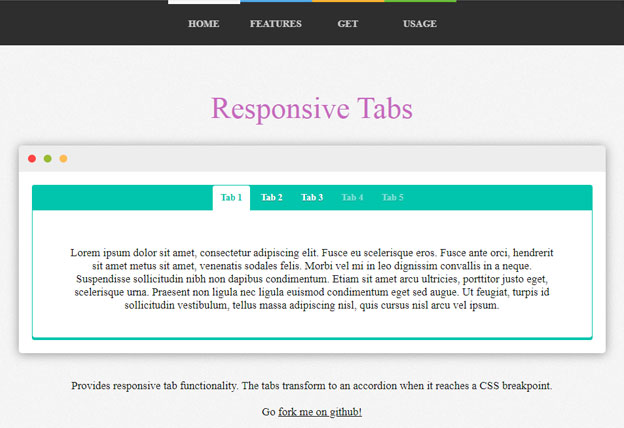

These constraints are well known to any designer:

This is all done without binding event listeners to the window, which means the experiences will always be very smooth or "jank-free.As a web designer, I want complete control over picture dimensions at any size but i am constantly compromising designs to deal with the constraints of user-provided images.
#Jquery ipicture responsive download
Because the contents of the 2 images are different, the browser will request a new image to download the crop it doesn’t have.Īs with our previous examples, the exhaustively generated srcset attributes allow each browser to select the exact size needed for proper display. Try resizing the browser window to see this effect in action. Smaller than 768px, we give the image a square crop to show just the astronaut. At viewports wider than 768px, our image receives a crop at a 16×9 aspect ratio.
#Jquery ipicture responsive code
This code allows for different crops at different viewport sizes. Imgix.js is able to exhaustively generate srcset attributes on elements contained within a element.įor this example, we will specify 2 different sources: one wide (16:9) crop for the desktop and one square (1:1) crop for mobile devices. Art direction in responsive images allows you to have more creative control over the images at different breakpoints, such as being able to specify different crops at different breakpoints.

Imgix.js can also be used for art direction in responsive images by using the element. imgix.js is able to easily handle resolution switching by generating srcset attributes. The result is that just the right image is loaded for each device and browser. This is because the iPhone 6S is 375 logical pixels wide, but has a screen density of 2x. In this example, an iPhone 6S will select the 750w URL from the srcset attribute. If no appropriate image is available, it will request a new image at the targeted w that it needs.īrowsers running on devices with high-density displays will select the image most appropriate for their resolution. Modern browsers will select an appropriate image from the local cache if available. It will be loaded at 100% viewport width ( 100vw) on mobile screens. The resulting image will be loaded in at 540 logical pixels wide on tablets and desktops, thanks to the (min-width: 768px) 540px rule. Here’s what you will see under the hood if you inspect the element: Upon initialization, imgix.js will augment any image element with the ix-src attribute to generate an exhaustive srcset definition.

With imgix.js, implementing resolution switching is simple: All renders are generated on the fly and cached at edge locations around the globe. Imgix is a service uniquely equipped to handle this case. The content, crop, and composition of the image remains the same, but the resolution changes. When people think responsive images, they usually think “resolution switching.” Resolution switching is serving a different resolution image to different devices. Using imgix.js with srcset for resolution switching


 0 kommentar(er)
0 kommentar(er)
